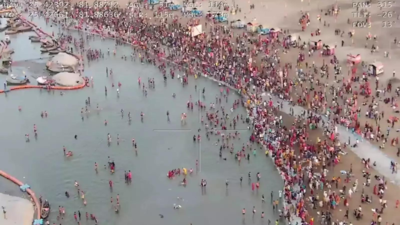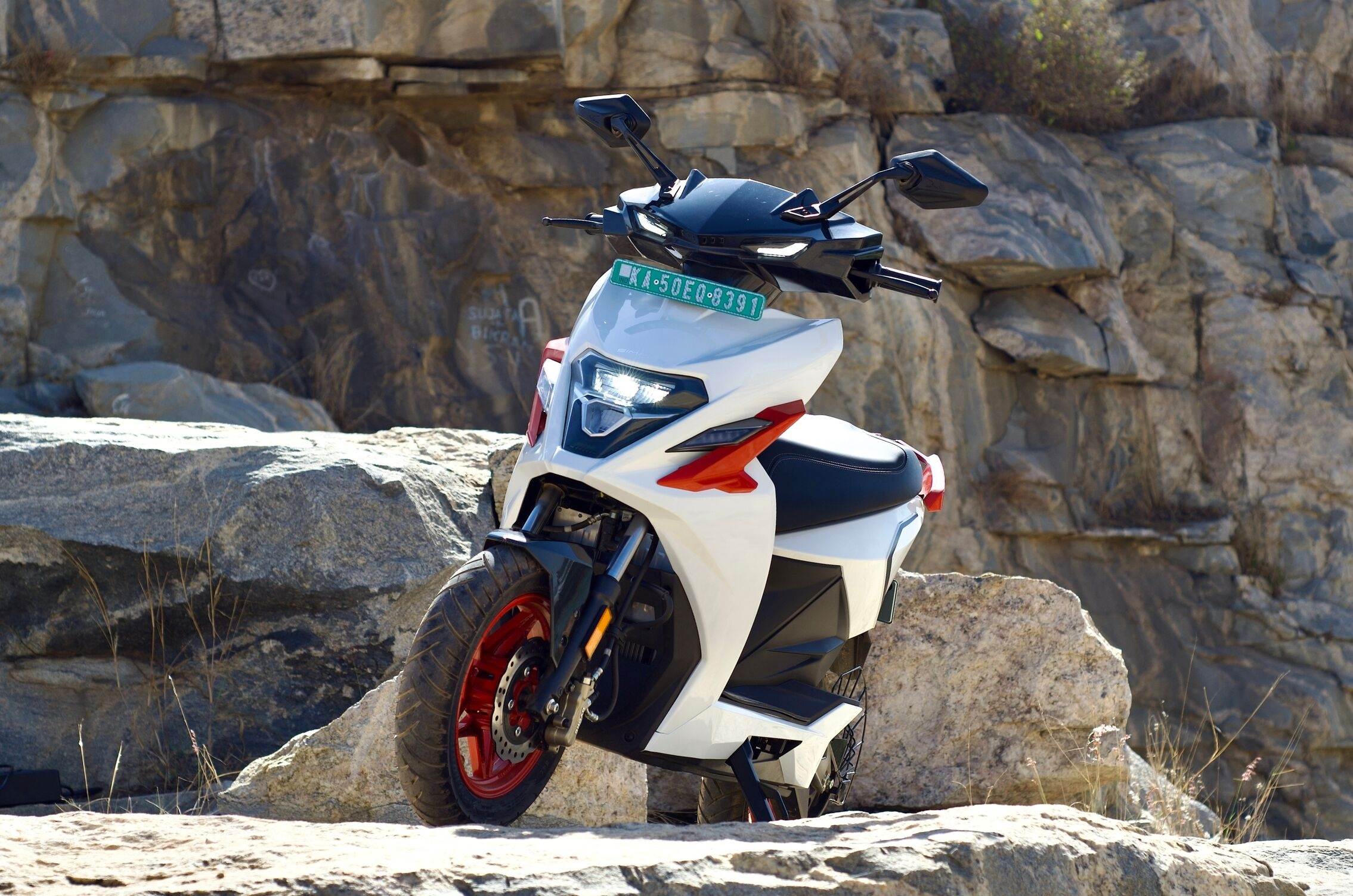Last Updated:
If the prediction comes true, the asteroid could lead to an explosion generating 15 megatons of TNT, 100 times greater than the Hiroshima bomb.

The asteroid, 2024 YR4, follows an elongated, four-year orbit. (Photo Credit: X)
A giant asteroid, dubbed 2024 YR4, is rapidly inching closer to the Earth and may crash into its surface in December 2032. The space rock believed to be nearly the size of a football field threatens to cause significant damage to the planet. Astronomers detected the asteroid in December 2023 using NASA-funded telescopes at the El Sauce Observatory in Chile. Initially, the chance of impact was predicted to be 1.2 percent but after further calculations, the probability increased to 2.3 percent. It means 2024 YR4 has a one in 43 chance of colliding with the Earth.
If the prediction comes true, the asteroid could lead to an explosion generating 15 megatons of TNT. It might create a 100 times greater impact than the Hiroshima bomb. The impact zone could face destruction within a 5.7 km radius, with significant damage potentially extending up to 8.8 km and fatalities occurring as far as 19 km away.
For example, a direct hit on London could destroy a vast area ranging from Westminster to Croydon. Similarly, a strike in cities such as Manchester, Belfast, or Edinburgh could lead to widespread devastation. Even smaller cities would suffer significant damage over a large area.
❗️
Scientists have been tracking 2024 YR4 for a long time. NASA and the European Space Agency have kept their eyes on thousands of asteroids. None of them, however, appears to be as dangerous as the 2024 YR4 which currently tops the Torino Impact Hazard Scale. The last one that received a higher rating has already been identified as harmless.
2024 YR4 follows an elongated, four-year orbit, passing through the inner planets before heading past Mars and toward Jupiter. At the moment, it’s moving away from Earth and is expected not to come closer until 2028.
“The odds are very good that not only will this not hit Earth, but at some point in the next months to few years, that probability will go to zero,” Bruce Betts, chief scientist of The Planetary Society, told AFP.
Despite its potential for destruction, scientists believe the risk of impact remains low. Given that most of Earth’s surface is covered by water, an ocean collision is more likely than a land strike. Currently, NASA lacks the technology to deflect an asteroid of this size. While the DART mission has tested asteroid deflection, the technology is not yet fully developed.
- Location :
Delhi, India, India

























































